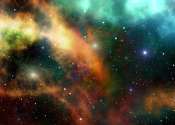Super-Earth Ross 508b skims habitable zone of red dwarf
The first exoplanet has been discovered by Subaru Strategic Program using the infrared spectrograph IRD on the Subaru Telescope (IRD-SSP). This planet, Ross 508b, is a super-Earth with about four times the mass of the Earth ...









